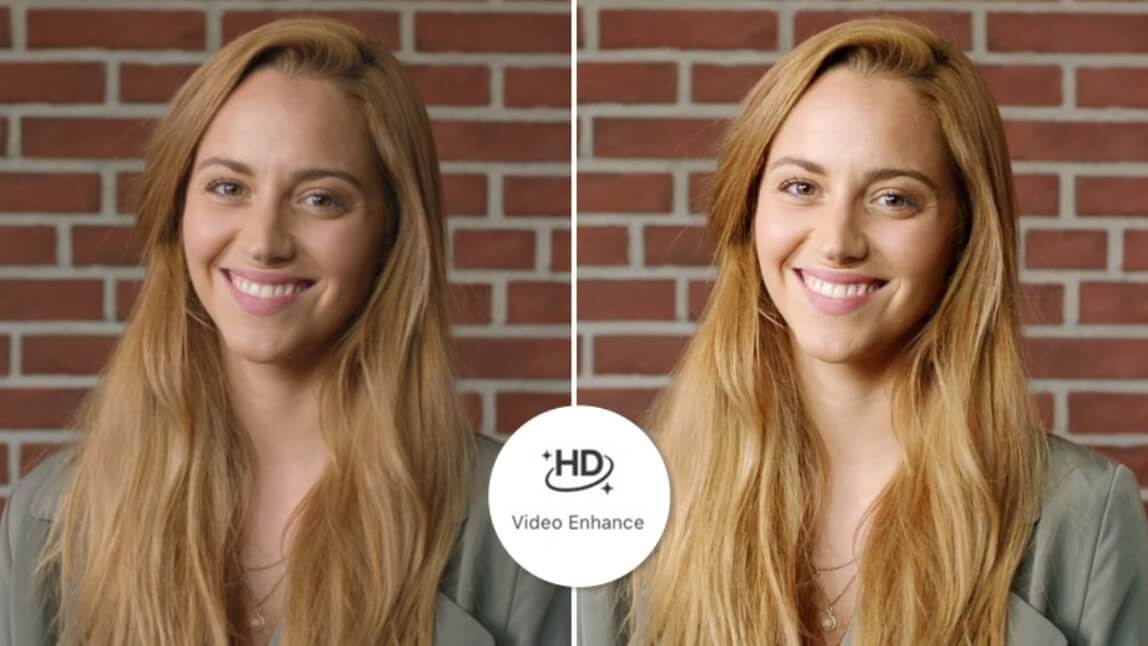In today’s digital age, the demand for high-quality visuals has never been greater. Whether you’re a content creator, a professional photographer, or someone who simply enjoys sharing moments on social media, enhancing the quality of your videos and photos can significantly impact their appeal. Fortunately, advancements in technology have made it easier than ever to improve visual content. This article provides a comprehensive guide on how to enhance the quality of your videos and photos, covering software tools, techniques, and best practices.
Understanding the Basics of Quality Enhancement
Before diving into specific tools and techniques, it’s essential to understand what “quality” entails in videos and photos. Key factors include:
- Resolution: The number of pixels in an image or video. Higher resolution typically means sharper details.
- Lighting: Proper lighting ensures clear and vibrant visuals.
- Color Accuracy: Natural and balanced colors enhance the visual experience.
- Sharpness: A crisp image or video avoids blurriness and retains detail.
- Stability: For videos, steady footage enhances clarity and professionalism.
Tools for Enhancing Video Quality
-
Video Editing Software
High-quality editing software is a must for enhancing video quality. Some of the best options include:
- Adobe Premiere Pro: Offers advanced color grading, stabilization, and resolution enhancement features.
- Final Cut Pro: Ideal for Mac users, providing intuitive tools for video editing and quality improvement.
- DaVinci Resolve: Renowned for its color correction and post-production capabilities.
-
AI-Powered Video Enhancers
Artificial intelligence has revolutionized video editing, making it easier to upscale resolution and improve clarity. Popular AI-based tools include:
- Topaz Video Enhance AI: Upscales videos to higher resolutions and enhances details using machine learning.
- VideoProc Converter: Simplifies video quality enhancement with stabilization, noise reduction, and sharpening tools.
-
Stabilization Tools
Shaky footage can ruin video quality. Use stabilization tools, such as:
- Built-in stabilization features in editing software.
- Hardware solutions like gimbals or tripods.
-
Lighting and Filters
Proper lighting can make a significant difference. During editing, you can:
- Adjust brightness and contrast to enhance visibility.
- Apply filters to correct color imbalances or add stylistic effects.
Techniques for Enhancing Photo Quality
-
Photo Editing Software
Just as with videos, editing software plays a critical role in photo enhancement. Consider these tools:
- Adobe Photoshop: A powerful tool for detailed photo editing, including sharpening, noise reduction, and color correction.
- Lightroom: Excellent for adjusting exposure, contrast, and other key elements of a photo.
- Affinity Photo: A budget-friendly alternative to Photoshop with similar features.
-
AI-Based Photo Enhancers
AI tools can enhance photos quickly and effectively:
- Luminar Neo: Offers AI-driven tools for sharpening and noise reduction.
- Remini: Great for restoring old or low-quality photos.
-
Noise Reduction
Noise, or graininess, often appears in low-light photos. Use tools like Photoshop or Topaz DeNoise AI to:
- Reduce noise while maintaining details.
- Improve overall image clarity.
-
Sharpening Tools
Sharpening enhances details and makes images appear crisper. Be cautious not to overdo it, as it can introduce artifacts.
-
Color Correction
Adjusting color balance ensures accurate and vibrant hues. Use:
- White balance tools to fix color tints.
- Color grading to create a specific mood or aesthetic.
Best Practices for Capturing High-Quality Visuals
Enhancing quality starts with proper capture techniques. Follow these tips:
-
Use High-Quality Equipment
- Invest in a good camera or smartphone with advanced camera capabilities.
- Use external microphones for better audio in videos.
-
Master Lighting
- Shoot during golden hours for natural light.
- Use ring lights or softboxes for consistent artificial lighting.
-
Optimize Camera Settings
- Adjust ISO, shutter speed, and aperture for optimal results.
- Use RAW format for photos to retain maximum detail.
-
Keep Lenses Clean
- A dirty lens can degrade image quality. Regularly clean your camera or smartphone lens.
-
Stabilize Your Shots
- Use tripods or stabilizers to prevent shaky footage.
Advanced Techniques
-
HDR (High Dynamic Range)
HDR enhances the contrast between light and dark areas in photos or videos, making details more pronounced.
- Enable HDR mode on your camera or smartphone.
- Use editing software to merge multiple exposures into one HDR image.
-
Upscaling Resolution
AI tools like Topaz Video Enhance AI and Gigapixel AI can upscale low-resolution images and videos to higher resolutions.
-
Dynamic Range Optimization
Adjust the dynamic range in editing software to prevent overexposure and underexposure.
-
Batch Editing
For large projects, use batch editing tools in software like Lightroom to apply enhancements to multiple photos or videos simultaneously.
Avoiding Common Mistakes
- Overediting
- Excessive sharpening, saturation, or filters can make visuals look unnatural.
- Ignoring the Original Quality
- Always start with the highest-quality version of your content. Enhancing low-quality originals yields limited results.
- Skipping Backups
- Always save a copy of the original file before making edits.
- Relying Solely on Auto Settings
- While auto-enhancements can be helpful, manual adjustments often produce better results.
Conclusion
Enhancing video and photo quality is a combination of using the right tools, mastering techniques, and capturing content effectively. Whether you’re a beginner or an experienced creator, implementing these tips can elevate your visual content to professional levels. As technology continues to evolve, staying updated with the latest tools and trends will ensure your visuals always stand out in a crowded digital landscape.

